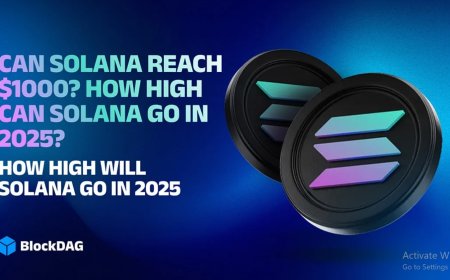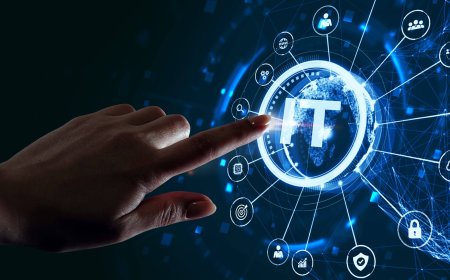The Psychology Behind Influencers Gone Wild

Every time an influencer posts a video that crosses the linewhether its a dangerous prank, a live-streamed meltdown, or a stunt that risks legal troublemillions rush to watch. The headlines call it shocking or unbelievable, but behind the spectacle is something deeper: a mix of personal, social, and technological forces that quietly push influencers to go wild.
What drives creators to risk reputation, relationships, or even safety for clicks? And why do audiences keep coming back for more? Lets explore the psychology behind Influencers Gone Wildand what it tells us about human nature in the age of social media.
Chasing the Dopamine Rush
At the most basic level, social media taps into the brains reward system:
-
Each like, share, or comment triggers a small dopamine release.
-
Viral success brings intense, short-term euphoria.
-
The unpredictability of what will go viral makes it feel like a game.
For influencers, the feedback loop becomes addictive. After a successful wild video, ordinary content can feel flat. The temptation grows: What can I do next to get that rush again?
The Pressure to Stand Out
Millions of creators compete for the same limited attention. Over time:
-
Normal pranks lose novelty.
-
Well-edited vlogs seem boring.
-
Audiences expect something unexpected.
From a psychological standpoint, this is escalation of commitment: once youve set a reputation for edgy content, theres pressure to go further to keep fans interested. Standing still feels like falling behind.
Identity and Performance Blur Together
For many influencers, content isnt separate from lifeit becomes life:
-
Daily routines are filmed and shared.
-
Personal moments turn into viral clips.
-
Audience reactions shape how influencers see themselves.
Psychologists call this the looking-glass self: we understand who we are by seeing how others react to us. If fans reward wild behavior, creators may internalize it as part of their identity.
The Role of Social Approval
Humans are wired to care about belonging and status. Social media turns these instincts into public metrics:
-
Follower counts signal popularity.
-
Likes feel like approval.
-
Viral moments become proof of relevance.
When going wild leads to applauseeven brieflyit reinforces the idea that risk and controversy are not only acceptable but desirable.
The Fear of Irrelevance
A deeper driver behind many Influencers Gone Wild moments is fear:
-
Fear of losing followers.
-
Fear of fading into obscurity.
-
Fear that the algorithm wont surface their content.
To stay in the conversation, some creators turn to increasingly extreme ideas, believing its the only way to stay visible.
Authenticity as a Double-Edged Sword
Audiences often say they want authenticity, but what keeps them watching isnt always balanced honestyits raw, dramatic moments:
-
Emotional breakdowns feel real.
-
Shocking confessions appear unscripted.
-
Wild stunts seem spontaneous.
This creates a paradox: influencers feel pressure to reveal the most vulnerable, chaotic parts of themselves, which can blur real emotional struggles with content strategy.
Risk Becomes Entertainment
Theres also a collective psychology at work. Viewers are drawn to content that triggers strong emotions: surprise, fear, anger, or amusement. From the outside:
-
Dangerous stunts are thrilling to watch.
-
Public confrontations create drama.
-
Boundary-pushing pranks feel rebellious.
Even if viewers disapprove, the emotional engagement keeps them hookedand keeps the algorithm boosting the video.
Normalization of the Extreme
The more audiences see wild content, the more it becomes expected. Psychologists call this desensitization:
-
What shocked viewers last year might feel tame today.
-
Creators feel pushed to escalate for the same reaction.
-
Going wild gradually becomes the baseline, not the exception.
This cycle explains why influencer scandals and risky videos seem to keep getting bigger and bolder.
The Illusion of Control
Many influencers believe they can control the fallout:
-
An apology video can reset reputation.
-
Temporary backlash might bring new followers.
-
Viral moments seem worth short-term criticism.
But the reality is messier: some never fully recover, and the emotional toll can outlast the viral fame.
Why It Resonates with Audiences
We watch Influencers Gone Wild not just for the spectacle, but because it reflects parts of human nature:
-
The curiosity to see someone break social rules.
-
The thrill of unpredictability.
-
A mix of envy and relief: At least it isnt me.
Watching others act on impulses we suppress can feel oddly catharticeven if we criticize them afterward.
Final Thoughts:
The psychology behind influencers going wild is complex. Its not just about attention-seekingits about reward loops, social validation, identity, and fear of irrelevance, all amplified by algorithms designed to promote whatever keeps us engaged.
Understanding this doesnt excuse harmful behaviorbut it helps explain why it keeps happening. And it shows that fixing the cycle will take more than blaming creatorsit requires reflecting on what we watch, share, and reward.
Because in the digital age, what goes viral isnt randomits shaped by human nature, technology, and the choices we all make, one click at a time.


































